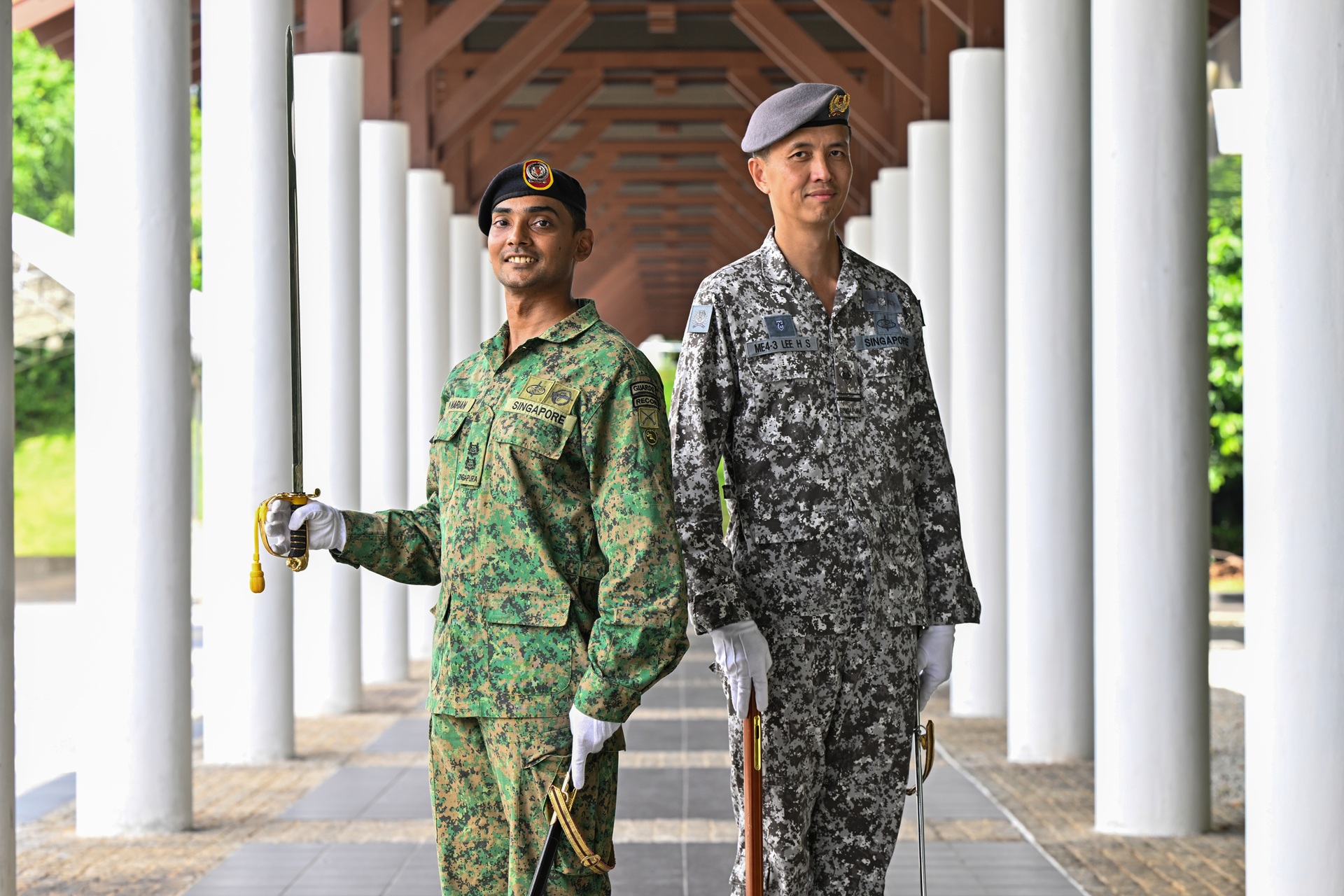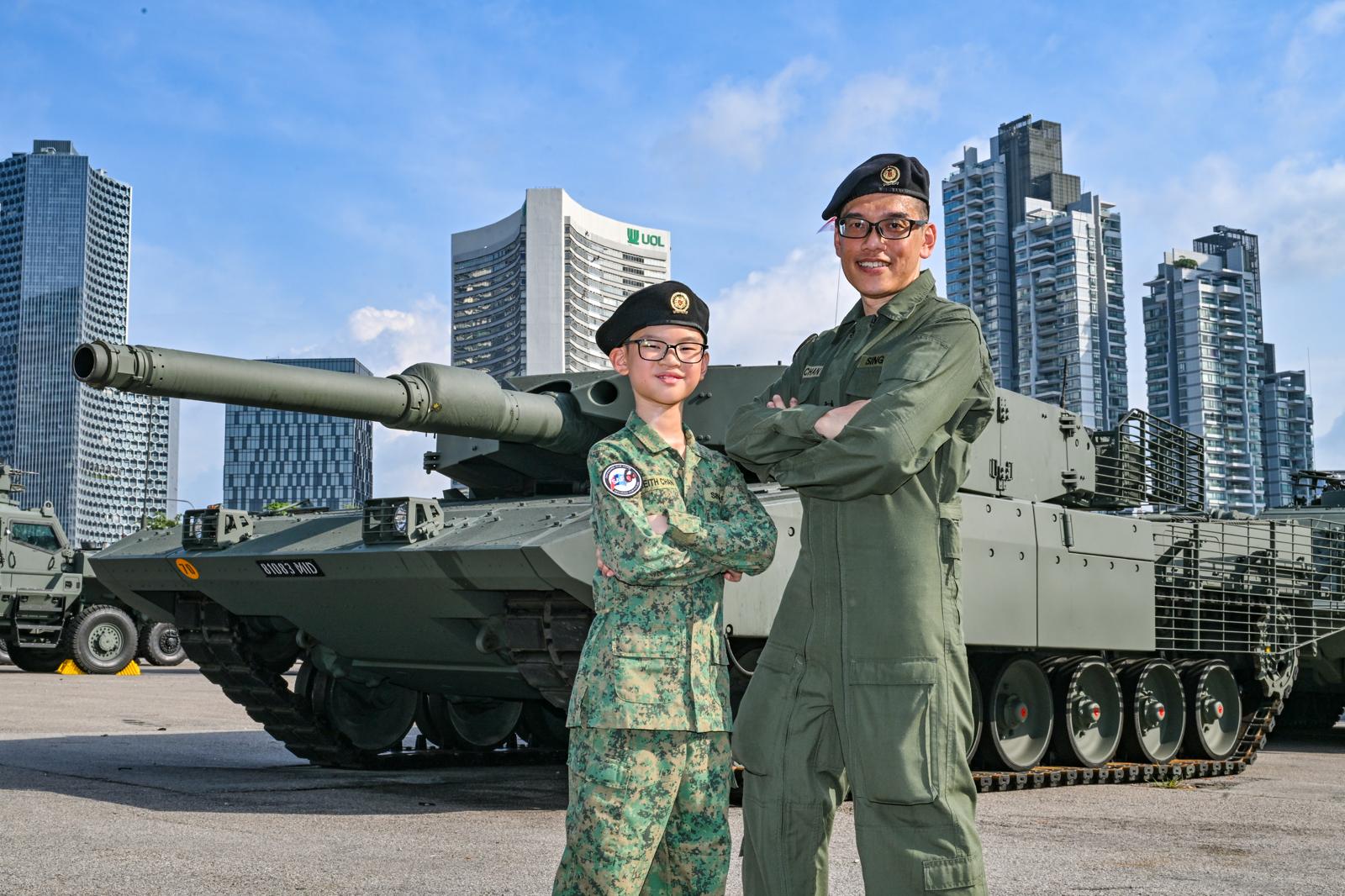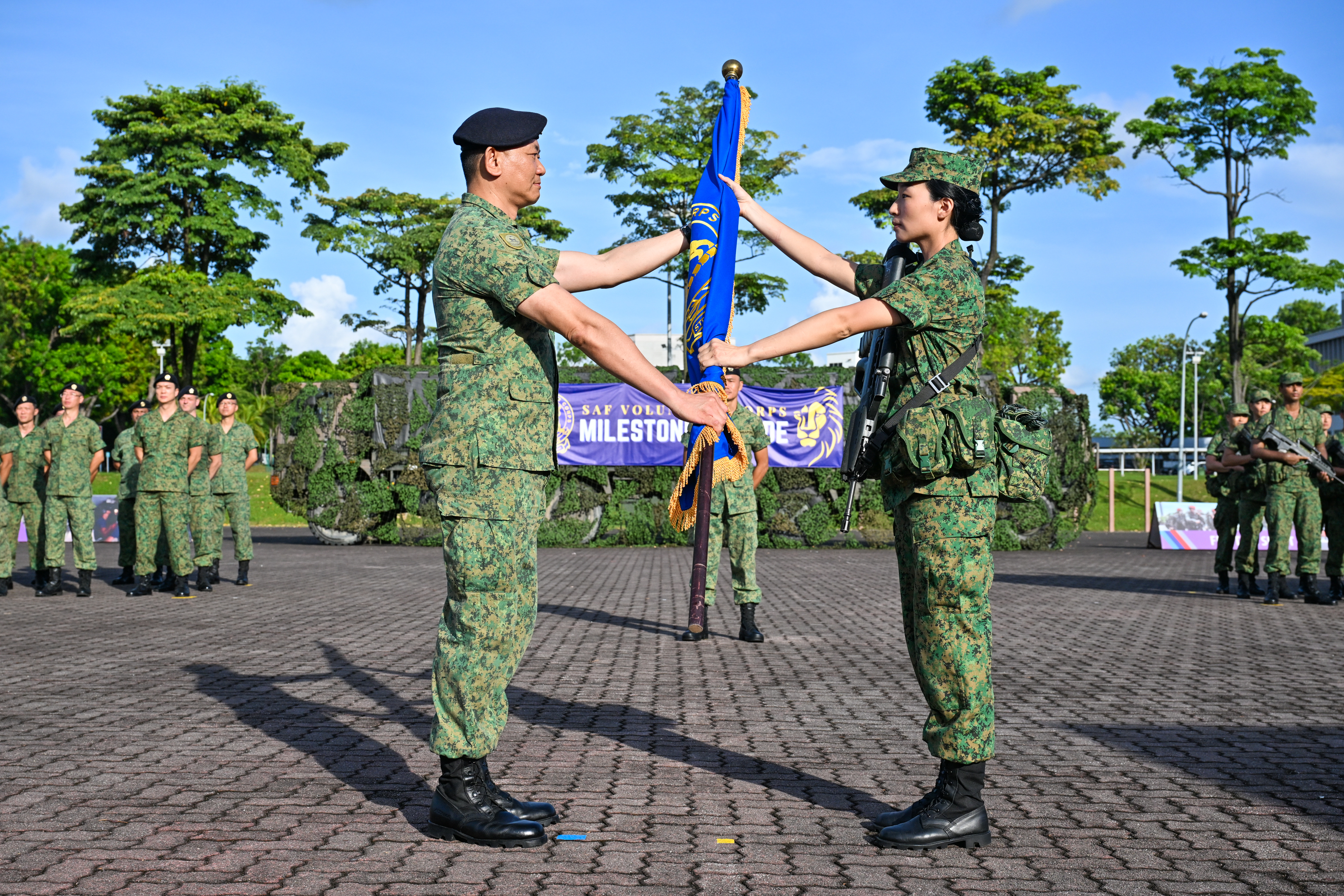CROSS TRAINING
STORY // Felix Siew
PHOTO // Chew Yaoxian, David Yeo, and courtesy of Headquarters Medical Corps
Equal doses of brain and brawn - the prescription for a good medic. And while each Service - the Army, the Republic of Singapore Air Force (RSAF), and the Republic of Singapore Navy (RSN) - has specific training for its medics, a common quality that makes one a good medic is 'heart'. PIONEER attempts to diagnose the case.
Be it a cough, a twisted ankle, or a much more serious injury where the serviceman's well-being is at stake, the professionalism of the SAF's medics can make the difference between life and death.
"For more than 30 years, the basic role of the medics has not changed much," says Chief of Medical Corps, COL (Dr) Wong Yue Sie. "It's still to provide advance first aid to the wounded or ill servicemen in an emergency."
"As for the senior medics, their role is also supervisory and looking after the health of the servicemen. This may include hygiene, public health, food and water safety, and minimising injuries," he adds.
But while the role remains constant, the medics' responsibilities and capabilities have evolved.
Meeting new challenges
Since 1996, all SAF medics go through a paramedic training programme, which equips them with the abilities to deal with both medical emergencies and surgical emergencies. Medical cases are normally caused by illnesses while trauma cases usually result from accidents.
COL (Dr) Wong says the training programme enhances the medics' skills and allows them to render assistance both in military and civilian situations.
Another change is that there are now more opportunities for medics to be deployed overseas, supporting United Nations (UN) peacekeeping missions.
"Our troops are now deployed over an extended period of operations on such missions, and so medics have to learn to deal with different problems," says COL (Dr) Wong. "For instance in Timor-Leste, if their base is on the hills, they may not have proper water or sanitation facilities. Yet, they have to supervise the health and safety requirements, and to guard the health of the soldiers deployed there."
Medics' training has changed to meet the specific requirements of each Service. "The SAF is also evolving from an operational point of view and developing new capabilities," says COL (Dr) Wong. "Our medics therefore need to be aware of the operating environment they're now working in."
Physically and intellectually demanding
Before specialisation, all medics go through the three-month Basic Combat Medic Course. Wing Sergeant Major of the School of Military Medicine's (SMM) Basic Training Wing, 2WO Khairudin Bin Rahmat, says: "Medics are taught basic bandaging, first-aid, how to clean wounds and administer an intravenous injection. This is peace-time training."
"To prepare them to be combat-ready, medics have physical training, including how to cross obstacles like low walls and drains while carrying a casualty on a stretcher. They also learn how to evacuate casualties without a stretcher, say, by using a fireman's lift."
He adds: "A platoon medic is expected to walk together with the riflemen while on a mission. In addition to the helmet, rifle, ammunition and SBO he has to wear or carry, he also has to carry his stretcher and operational pouch. This easily adds an extra seven kilograms to his load."
Little wonder that physical fitness is essential for medics. But they are also expected to flex their brain muscles too. In subsequent courses, medics are given a greater understanding of diseases, their symptoms and treatment. They are also taught medical protocols, or procedures to follow when managing a patient.
The introduction of the Simulation Man (or Sim Man) has injected much realism into training as well. These mannequins can 'breathe' and medics can feel for the 'pulse' and 'heart beat'. With something almost like the 'real thing' before them, medics can sharpen their reactions and respond to the 'casualty' more quickly.
Senior medics also learn about command and control - how to be an ambulance crew leader and organise and manage casualties. Why is this necessary? 2WO Khairudin answers: "On a mission, the decision on how to treat a casualty lies with the platoon medic."
"The platoon commander may be present, but ultimately whether the casualty needs to be evacuated and how fast this must be done is decided by the medic. Hence he must be confident and know how to be a leader," he adds.
Well suited for new threat
To handle the emerging threat of chemical warfare, the Medical Response Force (MRF) was recently established. 3SG Noor Iskandar belongs to this select group of medics who are trained to treat casualties should such an attack occur.
"If a person is affected by a nerve agent, he is considered 'dirty', and I have to decontaminate or clean him. Besides this, I need in-depth knowledge about such nerve agents and the injuries they can inflict," says the 24-year-old Full-time National Serviceman.
Making his job even more challenging is the special protective suit he wears while attending to the casualties.
"Initially, moving about and doing my work in the suit was very inconvenient! And when you're in the suit, it's difficult to communicate with the other medics. So we learnt to rely on hand signals. But with much training, the suit has become like a 'second skin' to me; I've become quite accustomed to it." he says.
Stand-in doctor
When 1SG Tang Wee Kiat was posted to be a Boat Senior Medic on RSS Conqueror, he, too, had to adapt to a new environment and additional duties. As the sole healthcare provider on the submarine, he plays the role of the doctor.
"I diagnose, treat and refer patients to other kinds of healthcare. I also take care of continuous health and medical training for the crew, and I look into their morale and psychological well-being," says the nursing graduate from Nanyang Polytechnic.
To handle this important responsibility, 1SG Tang spent a year in the United States attending the submarine Independent Duty Common (IDC) course. The course taught him a spectrum of medical know-how including obstetrics and gynaecology (or medical and health-related issues specifically for women), optometry (which deals with the eye and sight); and basic dental skills.
He was also taught to detect the level of contaminants or toxic gases within the submarine, and how to rectify it and verify if the space is safe for working.
While not all RSN medics get the opportunity to attend the IDC course, they do go through the Underwater Medic (UM) course.
"Medics learn about the physiology of compressed air, diving and decompression sickness, and also the treatment of patients with hyperbaric medicine and techniques," says 1SG Tang, adding that this involves vital components like breathing techniques and knowing when to clear the ears and nose.
Take to the skies
Over at the Air Force, the RSAF medics also learn to deal with differences in air pressures. Formation Regimental Sergeant Major, and an RSAF medic for 19 years, SWO Johnny Lim, relates some of the training the medics go through to equip them with skills to care for pilots and air crew.
He says: "Medics learn about aspects of aviation physiology like hypoxic training, motion sickness, and decompression sickness. On top of this, to become flight medics, some are sent to Australia for the aeromedical evacuation course."
Hypoxia is a condition experienced when someone is exposed to low levels of oxygen for a prolonged period. Pilots are susceptible to this because as the plane gains altitude, the oxygen content of the air decreases.
The Heliborne Aeromedical Evacuation (HEME) is a new training programme that began in 2000. Medics are taught how to monitor and care for patients onboard a helicopter. They also learn how to use the air mobile life support unit which acts as a mobile Intensive Care Unit (ICU).
SWO Lim explains the need for HEME: "Space constraints, limited mobility, lower levels of comfort, instability and more noise make the helicopter a very different environment the medics have to function in. Thus the course prepares them to work in this situation. After all, if a medic cannot adapt to such a new environment, how can he manage the patient?"
Often, RSAF medics have to provide medical support for military free falls or high altitude parachuting. While the medics do not have to do the jumps, they do train in a hypobaric or decompression chamber to adapt them to being 16,000 or 24,000 feet (about 4.9km or 7.3km) above the ground.
Level bests
While the current training equips medics with an extensive range of skills, there is still room for change. COL (Dr) Wong reveals: "We want more medics to be trained in Advanced Life Support, where they can perform more medical procedures following certain protocols, without a Medical Officer. This will bring the skills level of our medics one step further. We want to continue to upgrade the professional capabilities of the medics so they can be an extension of what the doctors do."
Heart matters
Excellent training procedures and facilities are integral in moulding professional medics, but what personal attributes should a medic possess?
Adaptability and a desire to learn, says COL (Dr) Wong.
He explains: "Advances in medicine and health care are continuous and rapid; if you're contented to remain as you are, you'll quickly fall behind, and be unable to deliver good care for our servicemen. Hence, there must be a willingness to learn and improve."
He continues: "But perhaps the most fundamental quality is that the medic must possess a caring attitude that always has the interest of the servicemen at heart. The goal is that we take good care of the people we're responsible for. This is part of the calling of the medical profession and should be the primary driving force in what doctors and medics do."
Extending care beyond Singapore
Pictures courtesy of 2WO Mohd Hanafi and 2SG Irene Ng
You can hear the heartbreak in 2SG Irene Ng's voice: "We had two little babies whose brains were attacked by malaria. I attended to this case and tried my very best to resuscitate them."
"But they had come to us too late, and I couldn't save them" she says, her voice trailing off.
This incident has clearly etched itself in 2SG Ng's heart and mind, one of many memorable experiences she had as a medic in Timor-Leste. A senior medic at Tengah Air Base, 2SG Ng had volunteered to spend three months in Timor-Leste in 2001, as part of a UN peacekeeping mission.
"Medics in Singapore don't often see emergency cases, and of course we hope not to see them. But in Timor-Leste, we had to attend to all types of casualties, both medical and trauma," says 2SG Ng.
And while the primary role was to care for the UN soldiers, the medics also made time to provide care for the locals.
"Treating such cases helped to refresh and sharpen my skills. At the same time, I also learnt new things. The stint was indeed an invaluable experience," she adds.
Medical support for such overseas missions is not new; the SAF has lent such support to the UN since the 1970s. Guatemala, Indonesia, the Philippines, Saudi Arabia and Taiwan are other countries our medics have travelled to, to provide care for both troops and locals.
2WO Mohd Hanafi, a senior medic with Headquarters, 10 Singapore Infantry Brigade, was one of five Singaporeans who went to Guatemala in Central America in 1997 to support a UN mission. He describes the trip as a "real challenge". This was because he could not speak Spanish, the country's native language, and he had to work alone - without a Medical Officer - high up in the mountains.
But like all good SAF medics, he adapted quickly to the environment and rose to the challenge.
When asked if he would like to go on such an overseas mission again, 2WO Hanafi answered with a firm "yes". He says: "During such overseas missions, you get to treat real casualties, and these are the real tests for a medic. Each casualty presents a different situation for the medic to handle."
Nonetheless, wherever the location, the contentment felt from a job well done is universal. Says 2WO Hanafi: "When the person you've treated recovers, you get such great satisfaction knowing you've done something good for the patient."
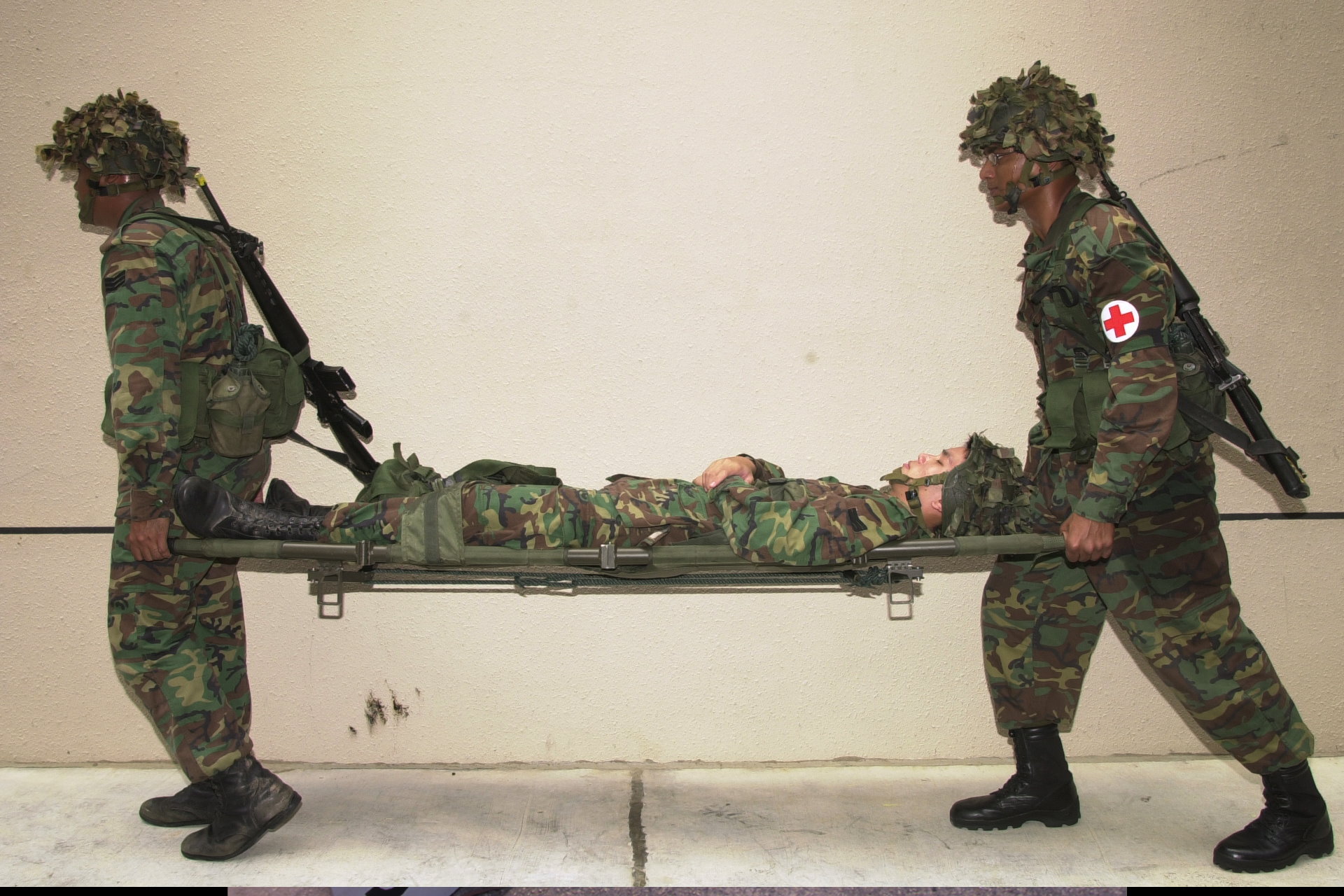
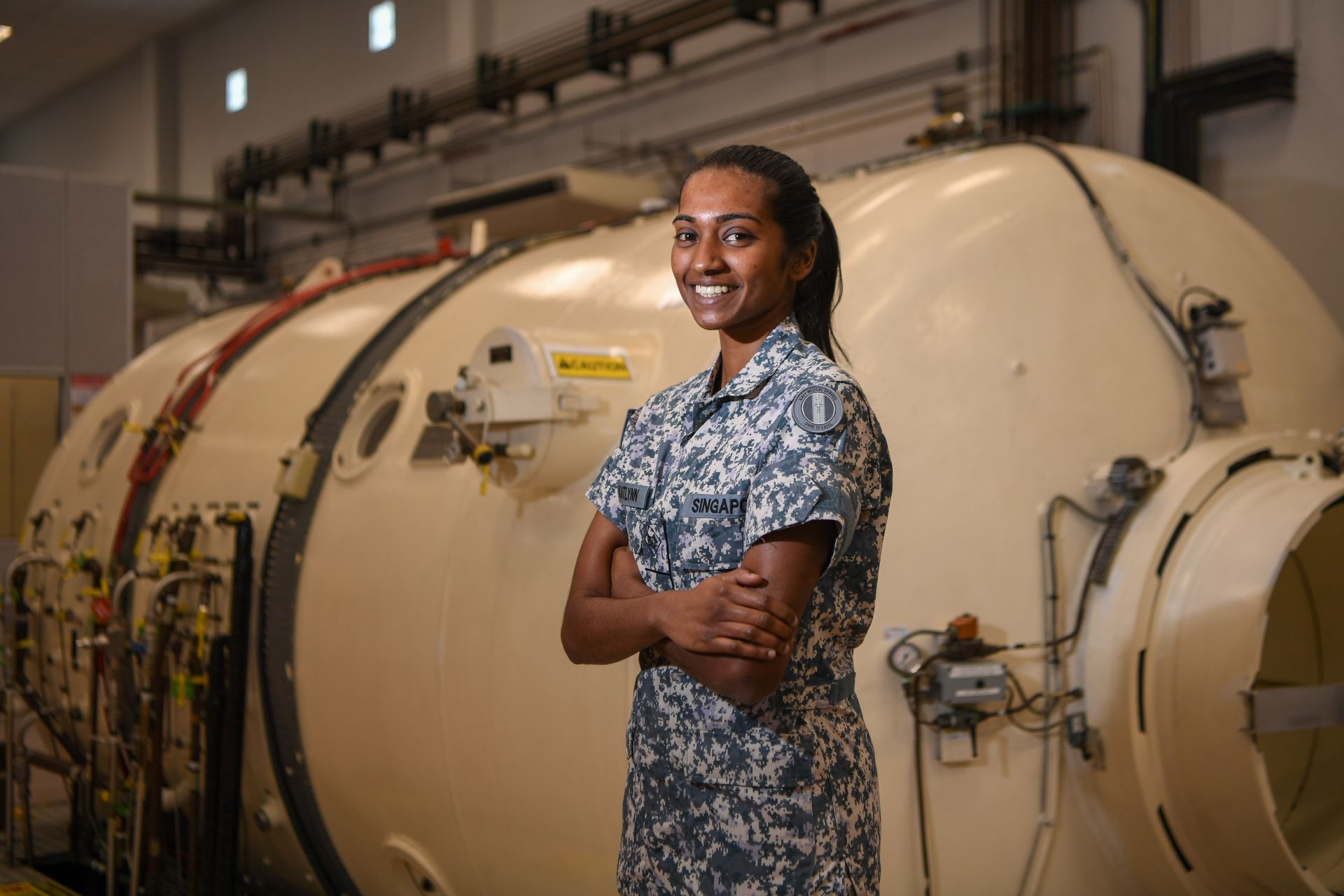
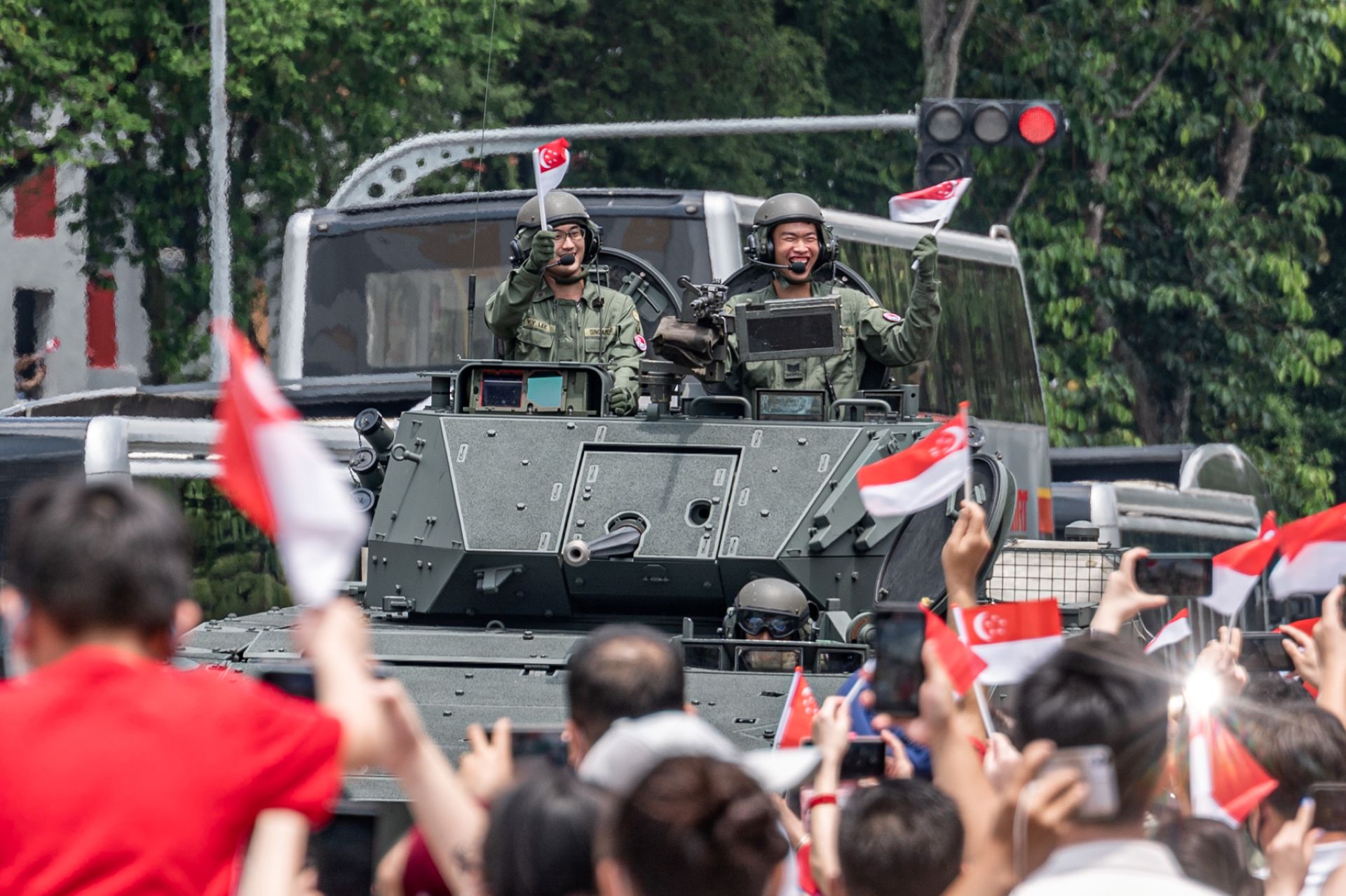
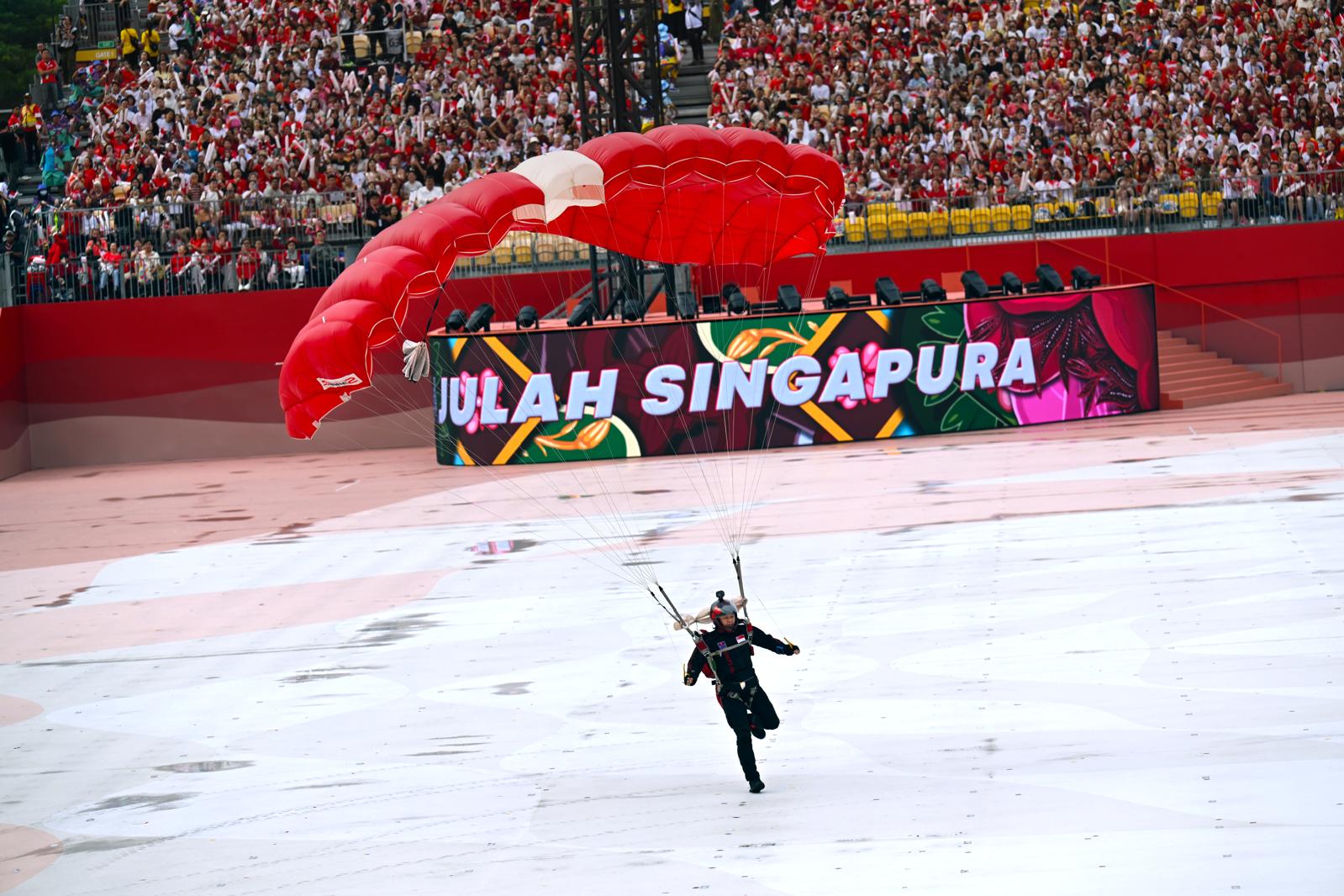
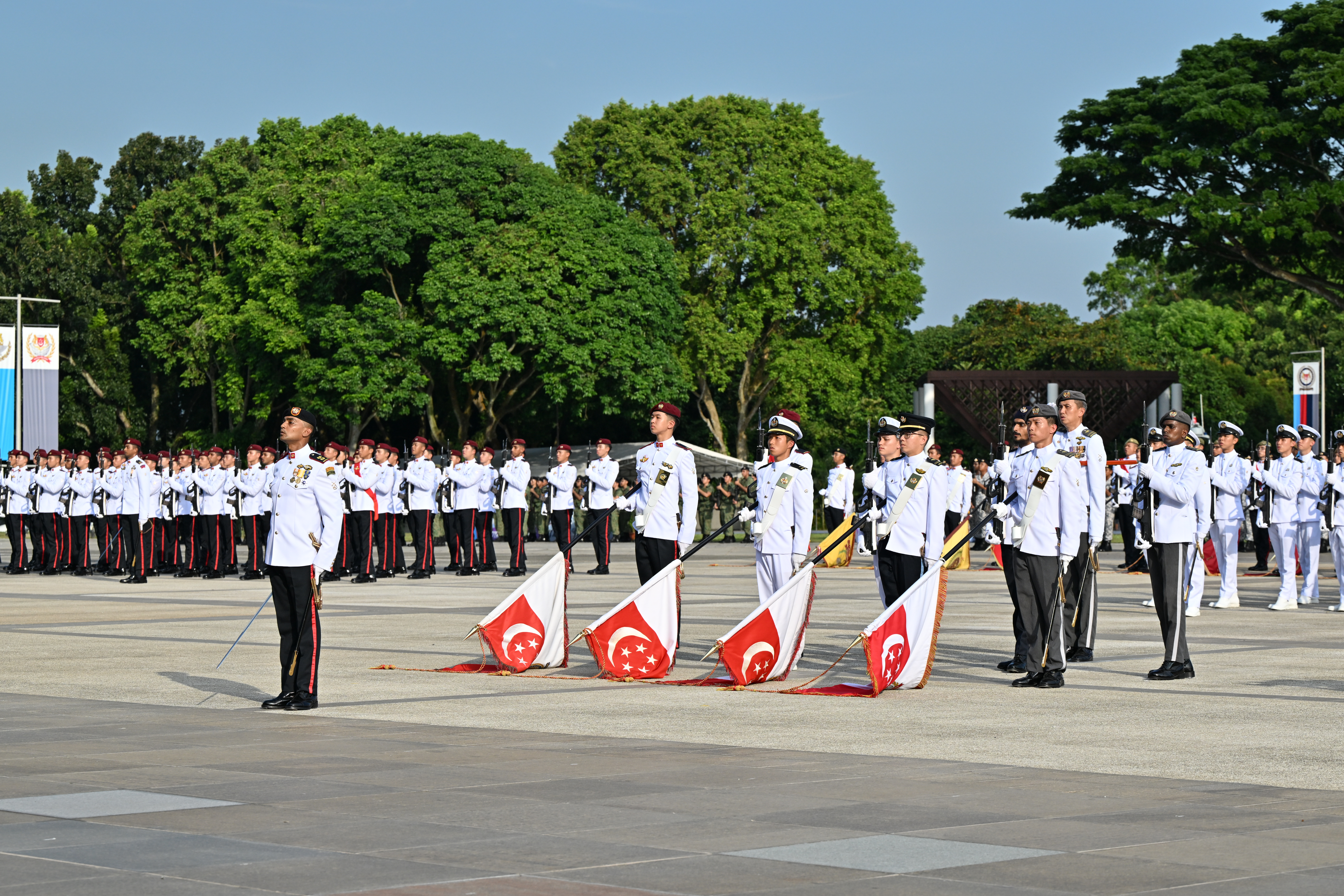
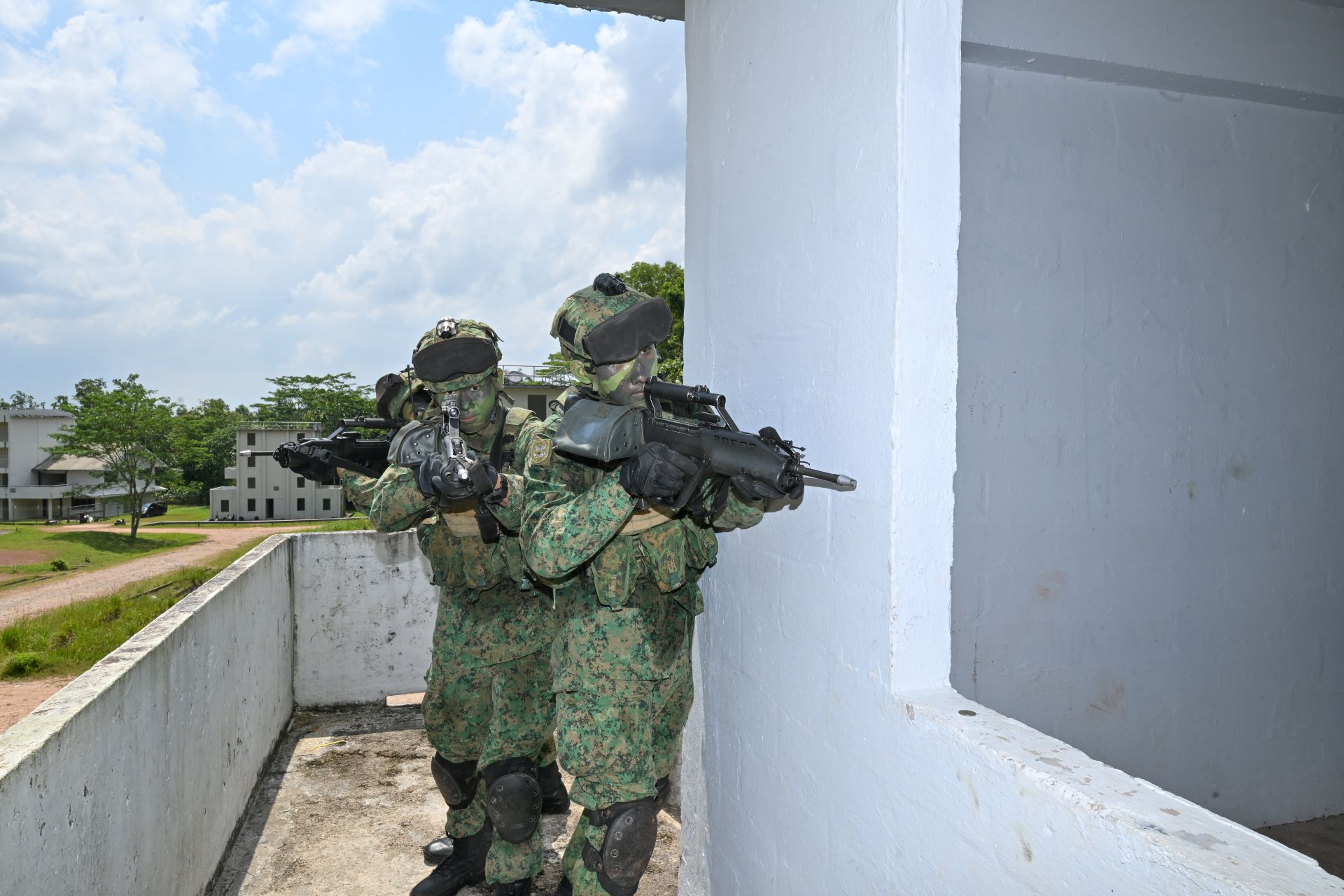
.jpg?sfvrsn=b5383902_1)
.jpg?sfvrsn=4eb1b86e_1)
